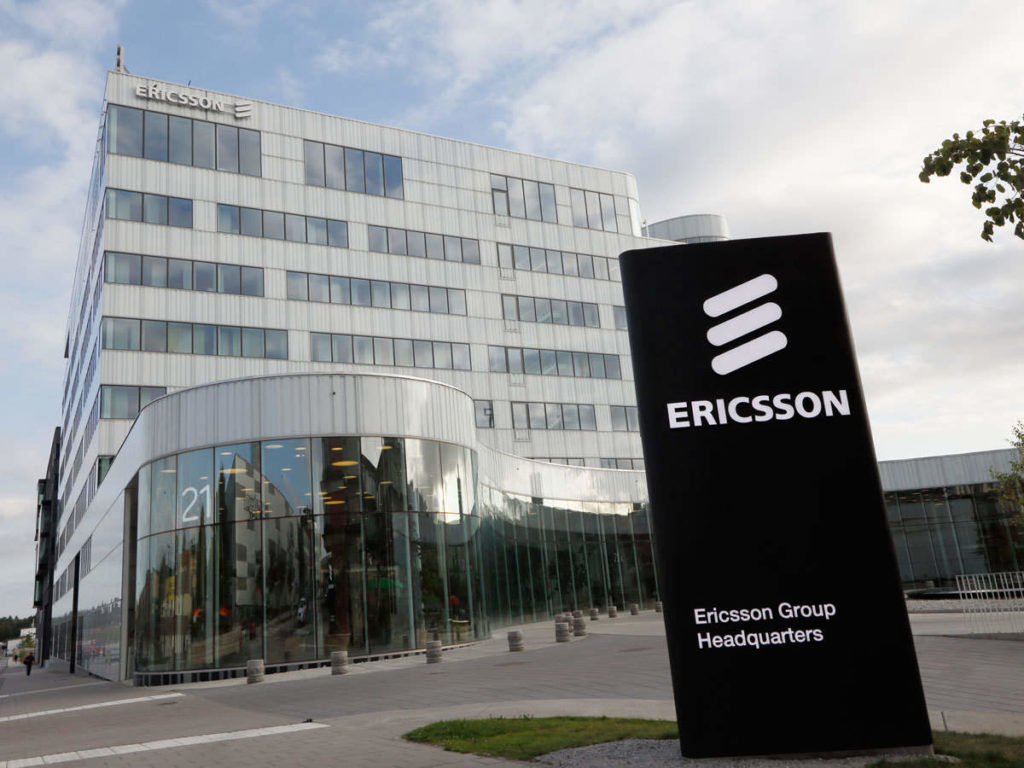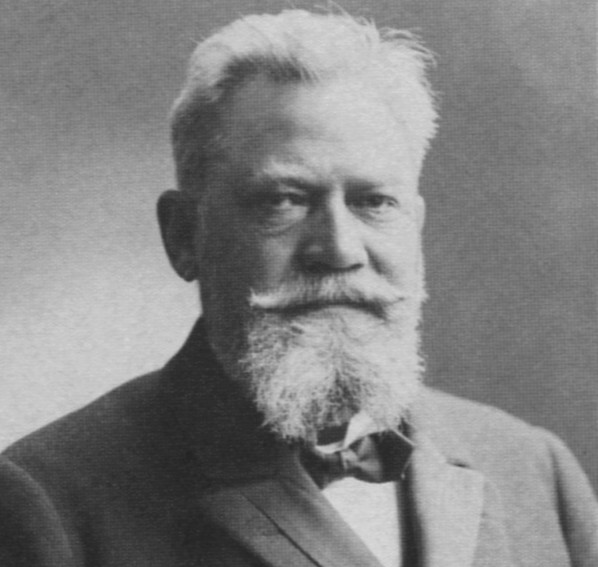The Generation after World War 2 and before the beginning of the new century has witnessed the biggest technology revolution in the history of technology. But few companies have been there from the beginning, and as a part of the revolution, they have contributed a lot than just watching things change. One such company, which has over 49000 patents in its name and has been adding its share to the development process for more than 150 years, is Ericsson. The company is one of the leaders in networking and telecommunications, constantly providing something to the ongoing technology revolution.
About the Company
Ericsson is a Sweden-based multinational telecommunication company. The company headquarters in Stockholm and has multiple offices in different countries. Ericsson is known for its contribution to the development of wireless technology and is also the founder of Bluetooth technology. It has 27% of share in the world’s 2G, 3G, and 4G networks, and currently, it is emerging as the biggest 5G technology provider. Ericsson also deals in software development and infrastructure development in ICT for telecommunications operators, development of equipment for traditional telecommunications, Internet Protocol (IP) networking, mobile and fixed broadband, cable TV, IPTV, video systems, etc.
The Foundational Story of Ericsson
The company’s history dates back to almost 150 years ago. It was founded in central Stockholm in 1876 by Lars Magnus Ericsson, who, before founding the company, worked for a telegraph equipment development company in Sweden. The idea behind opening Ericsson was quite simple, repairing the foreign-made telephones.
Only in two years of its founding, in 1978, Ericsson started to independently build and sell the telephone equipment. In the same year, the company bagged a contract from Stockholms Allmänna Telefonaktiebolag (the first telephone company in Sweden), where the company had to supply telephones and switchboards to them. This was a big step for Ericsson, and soon it was ready for its international expansion.

In 1890, the company opened its first international factories in the UK, Russia, Australia, and New Zealand. In the next 20-30 years, the company was competing with its rivals in the US and China but continued to dominate the European telecommunication industry. With the major events taking place, including the World War, the Great Depression, etc., the company was losing its grip in the foreign as well as local markets. The company came under debt, leading to selling off its share to other companies.
In 1925, Karl Fredric Wincrantz acquired most of Ericsson’s shares. With this acquisition, they got rebranded as Telefonaktiebolaget LM Ericsson. Due to the first world war and other events taking place, the governments took the charge of the telecommunication operations. The government would grant the operations of the telecommunication operations on leases, and the company also managed to get some. This led the company to stabilize its condition in the telecommunication market.
Though the company was only providing the manual exchange design telephones, in 1956, it came up with the world’s first fully automatic mobile telephone system, MTA. This changed the conditions for the company, and again the company became one of the biggest suppliers of telephone equipment and crossbar switching. Ericsson crossbar switching was the most in-demand equipment that the telephone administrations in various countries had started to use. In 1983, Ericsson introduced the ERIPAX suite of network products and services.
By 1990, with the rise of the internet and mobile phones, Ericsson also started to build mobile phones and was dominating 40% of the world’s mobile market. During the same time, it was operating in 117 countries providing its telecommunication services. In 1996, the company was already operating tests on WCDMA and had partnered with DoCoMo. But the mobile revolution was moving too fast, and the company was unable to follow up. So in 2001, there was a spin-off of the mobile unit from Ericsson, and a joint venture of Ericsson mobile unit with Sony formed the Sony Ericsson Mobile Communications. This spin-off led to multiple employees cut as well.
The spin-off proved to be a better decision, as the arrival of 3G has opened new doors for Ericsson. It was already working on WCDMA and continued to improve its workability with the changing trends. The improved version of WCDMA, High-Speed Packet Access (HSPA), was out, and by 2006, Ericsson was officially providing its HSPA services in 59 countries. In 2012, Sony acquired all the share of Ericsson in Sony Ericsson, and Ericsson announced that it would solely work on the wireless technology and acquired BelAir Networks, a network technology company. This acquisition was followed by the acquisition of NKT Holding, Red Bee Media, Microsoft’s Mediaroom, some shares in Apcera for cloud policy compliance, Envivio, some operations in Ericpol, etc.
The Founder: Lars Magnus Ericsson

The beginning was quite rough for Lars Magnus Ericsson, the founder of the company. He was born in a small village of Värmland near Karlstad and Arvika. He lost his father at 12, so he had to go out and earn bread for his family. He worked in small workshops and various other places and arranged enough money to leave his village and moved to Stockholm. There he got work in a telegraph equipment-making factory. He learned the skills and was offered two state scholarships to study instrument-making abroad for three years. After completing the scholarship, Ericsson came back to Sweden, and with one of his friends, Carl Johan Andersson, he started a small workshop in a small kitchen that today is known as Ericsson. Ericsson retired from his company in 1900, at the age of 54 and sold all his shares in 1905.
Ericsson has gone through all up and downs, and still, it has emerged as the leader in the telecommunication industry. The company started by making telephone equipment, and today it is the largest wireless network provider. The current President and CEO (Chief Executive Officer) of Ericsson is Börje Ekholm and Ronnie Leten is the Chairman.

Yashica is a Software Engineer turned Content Writer, who loves to write on social causes and expertise in writing technical stuff. She loves to watch movies and explore new places. She believes that you need to live once before you die. So experimenting with her life and career choices, she is trying to live her life to the fullest.